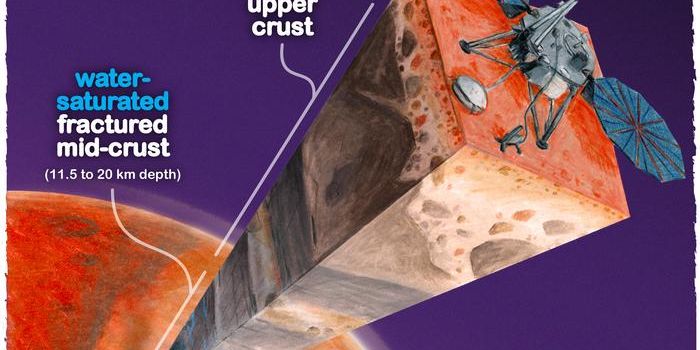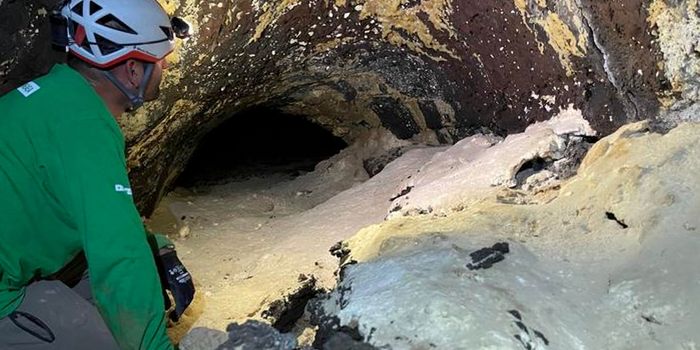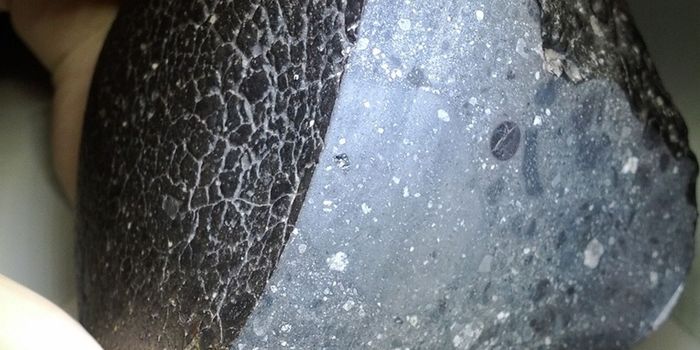Webb Telescope Discovers Ancient 'Dead' Galaxy: A Look Back 13 Billion Years
When do galaxies stop forming new stars? This is what a study published today in Nature hopes to address as a team of researchers led by the Kavli Institute for Cosmology used NASA’s James Webb Space Telescope (JWST) to discover a 13-billion-year-old "dead" galaxy that stopped producing stars shortly after its own formation, approximately 700 million years after the Big Bang. This study holds the potential to help astronomers better understand the formation and evolution of galaxies in the early universe and the processes behind why some of these galaxies cease to form new stars.
For the study, the researchers used JWST’s powerful Near Infrared Spectrograph (NIRSpec) instrument as part of the JWST Advanced Deep Extragalactic Survey (JADES) to observe the earliest galaxies that existed approximately 700 million years after the Big Bang, or approximately 13 billion years old. Through this, the team observed what they referred to as a “dead” galaxy, meaning a galaxy that ceased producing new stars, which is a profound discovery considering the young age of the universe at the time. But the question is how did this happen?
False-color JWST image of the “dead” galaxy that is approximately 13 billion years old that was observed for this study. (Credit: JADES Collaboration)
“The first few hundred million years of the universe was a very active phase, with lots of gas clouds collapsing to form new stars,” said Dr. Tobias Looser from the Kavli Institute for Cosmology and lead author of the study. “Galaxies need a rich supply of gas to form new stars, and the early universe was like an all-you-can-eat buffet.”
The team hypothesized that the galaxy potentially ceased to produce new stars for a myriad of reasons, including supermassive black holes and a lack of available gas in the surrounding environment due to stars consuming gas too rapidly. Despite these findings, the team suggests that the “dead” galaxy could have been revived in the last 13 billion years and is possibly producing new stars now.
What new discoveries will astronomers make about galaxies in the early universe in the coming years and decades? Only time will tell, and this is why we science!
As always, keep doing science & keep looking up!
Sources: Nature, EurekAlert!









